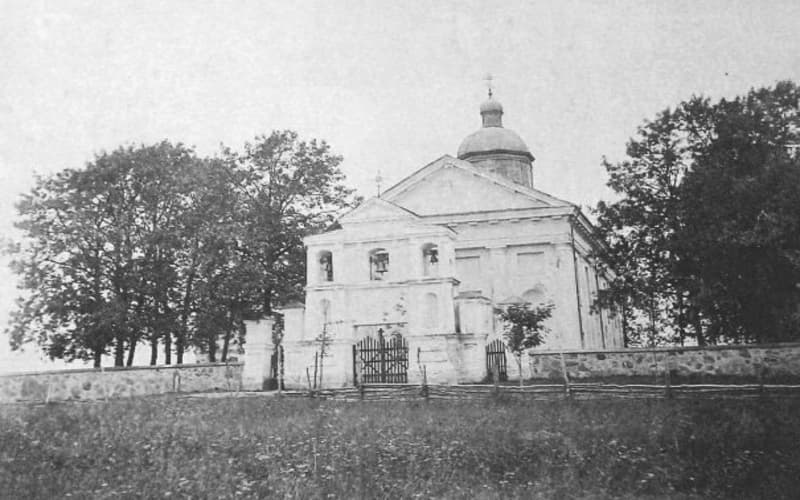Mamai. The Church of the Transfiguration of the Lord.
Church
Belarus, Vitebsk region, Glubokoe district, Mamai village, Tsentralnaya St., 36.
Description
The Church of the Transfiguration of the Savior, located in the picturesque village of Mamai, is a significant historical and cultural heritage site. Built in 1829 by local landowner Joseph Korsak, it originally served as a Catholic church. However, in 1866, the church was transferred to the Orthodox community, which made it a holy place for Orthodox parishioners.
Categories
Historical
Architectural monument
Comments
Reviews to the Place
1Ольга Ерёменко
24.03.2025
The Church of the Transfiguration of the Lord, built in the village of Mamai in 1829, is a significant historical and cultural heritage site.
The architecture of the church is made in a strict classical style, typical of European architecture of that time. Architect Joseph Korsak embodied the aesthetics and spirit of his era in stone.
The Church of the Transfiguration of the Savior is also known for its impressive bell tower, which is a work of architectural art. The two-tiered bell tower, made of rubble stone, is connected to the fence and attracts attention with its style and harmony with the surrounding space. The bright and periodically changing coloring of the temple makes it especially attractive for photographers and tourists who want to capture its beauty.
One of the main icons of the temple is the icon of the Transfiguration of the Lord, which attracts believers and tourists.
Unfortunately, the church was closed during the Soviet era, and it was only thanks to the efforts of dedicated believers that services resumed only in 1992. Since then, the temple has become not only a place of worship, but also an important historical heritage site, attracting the attention of both locals and tourists.
Today, the Church of the Transfiguration of the Savior continues its mission, preserving historical memory and cultural traditions, as well as delighting visitors with its unique architecture and rich history. It is an object of historical and cultural heritage of the 3rd category.
This temple serves as a reminder to its descendants of the spiritual roots and architectural heritage of the region.






